Hopefully, your home will be untouched by cold and flu season this year. However, if it does hit, having a natural vapor rub as a home remedy can be very helpful. It’s safe for use with both adults and kids and works wonders for relieving congestion.
I used to rely on regular Vicks Vapor Rub and its baby version during the seasonal cold outbreaks. But then I discovered they contain PETROLEUM… which isn’t appealing!
Wanting to avoid using something more suited for a car engine on my kids, I started making this easy homemade vapor rub. There’s more on the issues with petroleum jelly (Vaseline®) to explore.
How to Create a Natural Vapor Rub Alternative
Growing up, the recognizable blue bottle of vapor rub was a fixture in my home. As a parent, I now see the reasoning behind this. Options for treating colds and coughs in babies and kids are limited, and vapor rub can provide much-needed relief from coughing and congestion that disrupts sleep, crucial for recovery.
Don’t let the ingredient list discourage you from trying this recipe. If you lack the required ingredients or don’t want to make this salve, blending the essential oils with coconut oil is an effective alternative.
Store-bought Chest Rub
Since I ventured into making DIY natural products, more companies have introduced natural alternatives. (Options are always welcome!) I found a ready-made natural vapor rub if you don’t have the ingredients at hand, including a special formulation for babies and children.
I haven’t seen it in local stores yet, but if you have a Whole Foods or a natural health store nearby, you may find it there! Amazon offers several good natural vapor rub options too.
Essential Oil Vapor Rub Safety
When preparing this for babies or young children, ensure the essential oils used are safe for their age. I prioritize the cautious use of essential oils and often select those from a child-safe line, which simplifies choosing the appropriate oils. The Sniffle Stopper closely resembles my blend in this recipe.
For a milder kid-safe version of this recipe, sometimes I use just 4 drops of eucalyptus and fir oils, omitting the rest. Below is a list of essential oils included, their purposes, and safety precautions. (Refer also to additional safety notes below the recipe).
Essential Oils for Vapor Rub
-
Eucalyptus – The popular types, E. Radiata and E. Globulus, differ slightly, with Radiata being milder but listed as near-threatened, necessitating purchase from reputable growers. Both types are safe for diluted topical use on children aged 3 and older. Avoid applying eucalyptus on the face or sinus areas of young children due to possible breathing issues.
-
Peppermint Oil – Similar to eucalyptus, peppermint’s 1,8 cineole content can cause breathing issues in young children if misused. Safe usage is a 0.5% dilution (not on the face) for children 3 and older. Adults can use up to 5% topically, depending on the intended use. This recipe maintains it below 1% for older children and adults, and below 0.5% for children aged 3-6. With about 50% menthol, peppermint is excellent for stuffy noses.
-
Rosemary – This oil can be harsher on young ones. Its high camphor content aids circulation and congestion. It serves as a safe decongestant for those aged 7 and up, with a recommended maximum dilution of 4% for kids (up to 16% for adults). I exclude this one for homemade vapor rubs for small children.
-
Cinnamon Leaf – Not to be confused with cinnamon bark! Cinnamon leaf is gentler on the skin and supports the immune system. It’s slightly warming and according to Tisserand and Young, safe for topical use with infants 3 months and older. Cinnamon bark poses high skin irritation risks, and can be used in tiny amounts. It’s not safe for children. Personally, I avoid this for young kids.
- Clove – Occasionally, I substitute cinnamon leaf with clove in this chest rub recipe. It can be used on children 3 years and older in specific situations but isn’t the gentlest option, and it’s not my first choice for young children, so omit it for them.
Baby Vapor Rub Essential Oils
-
Fir – Douglas fir or fir needle are gentle options ideal for homemade vapor rub. They assist the respiratory system and are generally safe for infants 3 months and up when properly diluted.
-
Cedarwood (Virginian) – This woodsy smell enhances a moisturizing men’s lotion but also works well in home remedies for coughing and relaxation.
- Lavender – Like tea tree oil, lavender has skin-soothing properties. It’s high in monoterpenes, beneficial for respiratory support.
Natural Vapor Rub Recipe
A soothing, petroleum-free version of the classic over-the-counter cough and cold vapor rub.
Prep Time: 4 mins
Active Time: 6 mins
Cooling Time: 30 mins
Total Time: 40 mins
Yield: 5 ounces
Author: Katie Wells
Baby Vapor Rub (6 months and up)
- Melt beeswax with your chosen carrier oil in a double boiler until melted. Alternatively, use a heat-safe glass bowl on top of a small pot.
- Turn off the heat and mix in the essential oils.
- Stir thoroughly and pour into a container with a lid for storage. Small tins or glass jars work well.
- Allow the vapor rub to completely cool and harden.
- Apply as needed to alleviate coughing and congestion. Refer to safety information in the article.
I also keep some of this vapor rub in lip balm containers, which are convenient for carrying in a purse or using on the soles of young children’s feet.
Safety Notes
Many essential oils, including some listed here, aren’t safe for babies or small children without dilution. Always dilute essential oils appropriately for babies and children, using as little as necessary. The natural vapor rub recipe is safe for ages 3 and up with the modifications indicated in the recipe. For a gentler option, apply the vapor rub on the soles of feet (ages 3-6).
The baby-safe vapor rub version maintains a 0.5% dilution and includes gentler oils. Experts consider these oils and dilutions safe for babies 6 months and older. Further, you can halve the quantity, using 2 drops of each essential oil if desired.
Consult a qualified healthcare provider for advice on using herbs or essential oils on young children.
This recipe can also incorporate herbs instead of essential oils by infusing the oil with 1 tablespoon of each herb in a double boiler over medium heat for 2 hours.
This information was reviewed by Dr. Lauren Jefferis, board certified in Internal Medicine and Pediatrics, and is for informational purposes only. It’s recommended to consult your doctor for personal medical advice.
What are your go-to remedies for tackling congestion and cough? Have you ever made your own vapor rub? Share your thoughts below!
-
Tisserand, R., & Young, R. (2013). Essential Oil Safety (2nd ed.). Churchill Livingstone.
-
Fensham, R., Laffineur, B. & Collingwood, T. (2019). Eucalyptus radiata. The IUCN Red List of Threatened Species 2019: e.T133374163A133374165.
-
Parker, S. (2021). Carrier Oil Shelf Life. The Lipid Oils Academy.
-
Robbins, W. (n.d.). Essential Oils Directory: Essential Oil Properties, Uses, and Benefits.
- Shutes, J. (n.d.). Aromatic Program Charts. The School for Aromatic Studies.


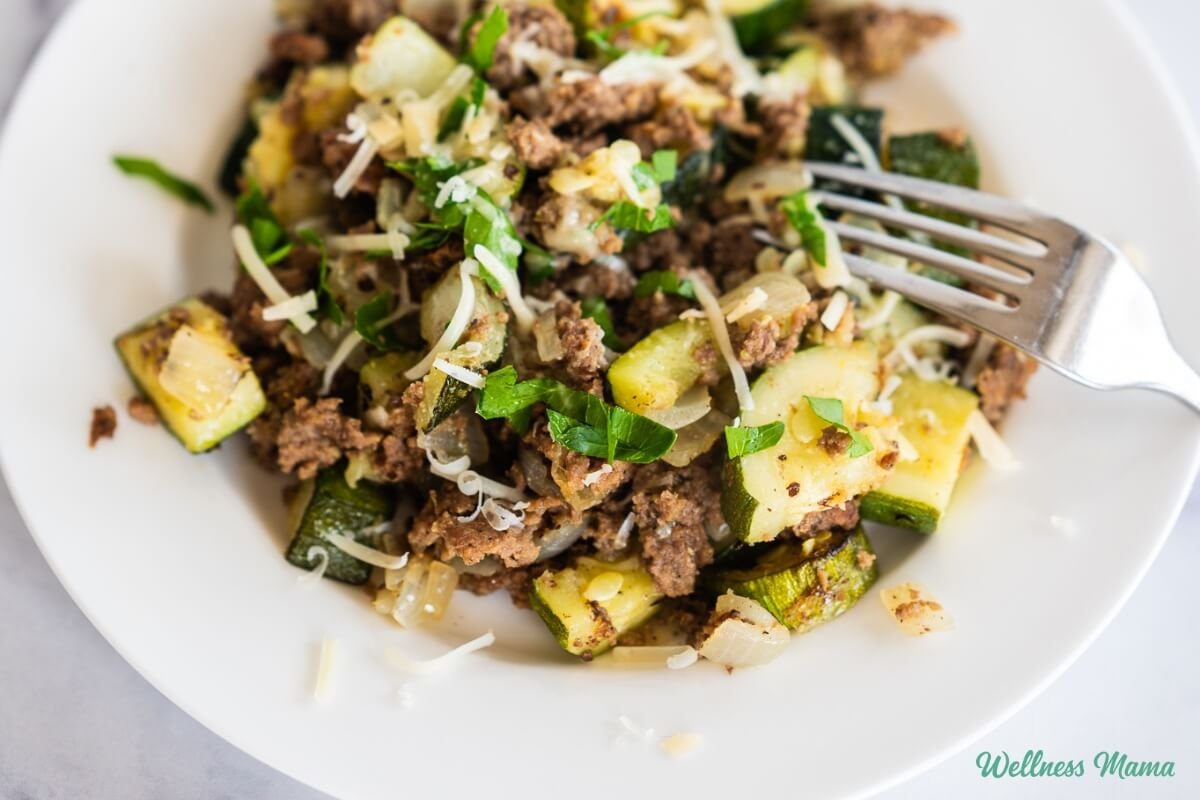

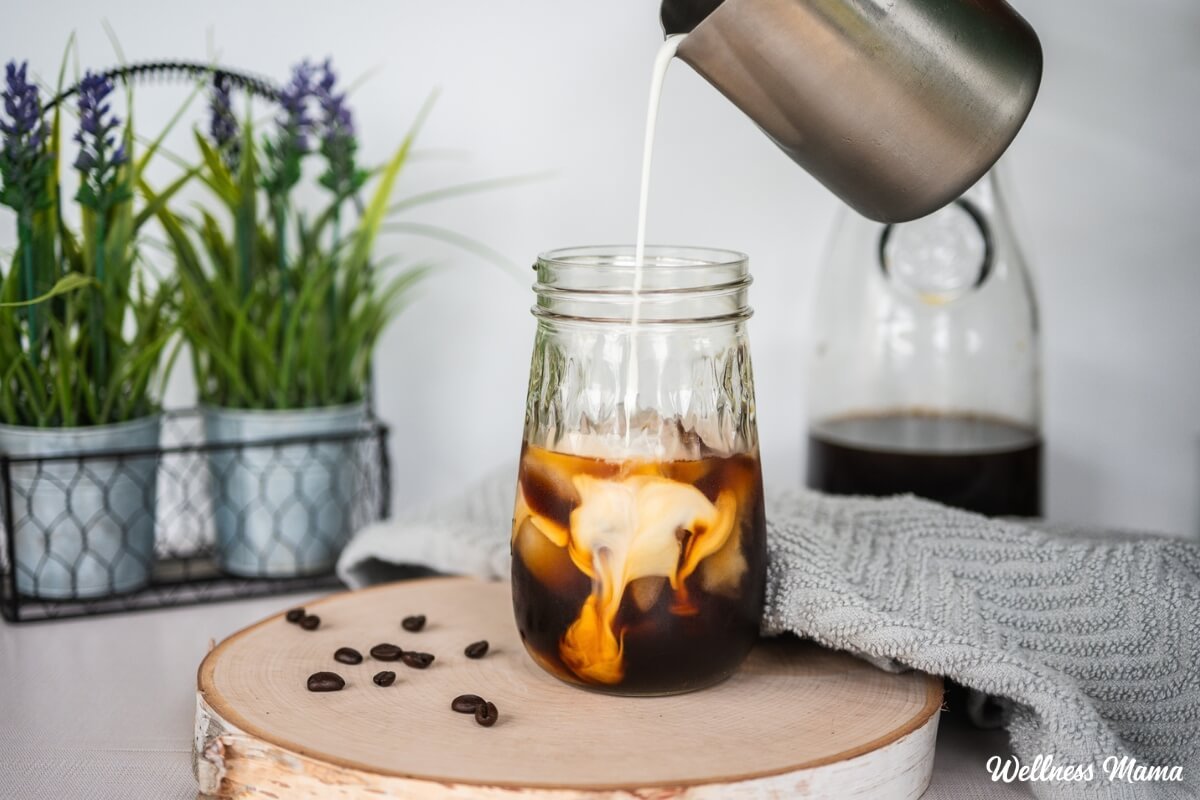
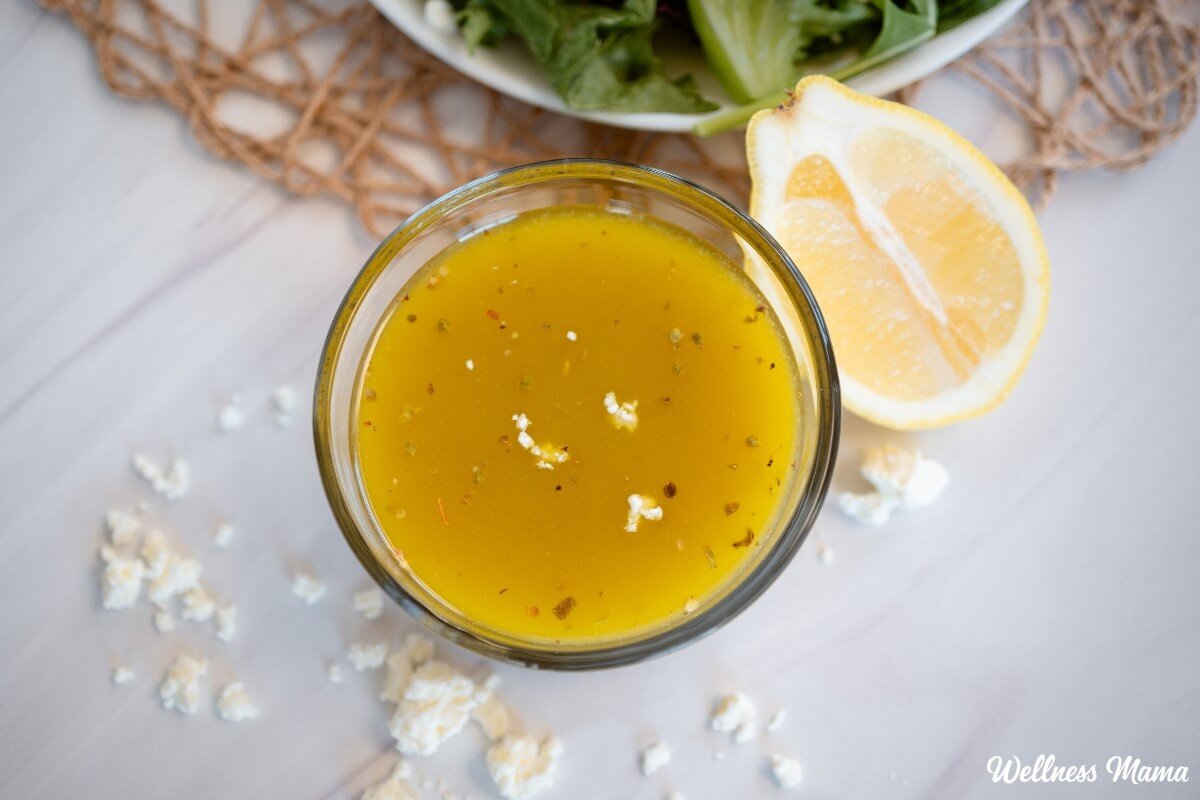

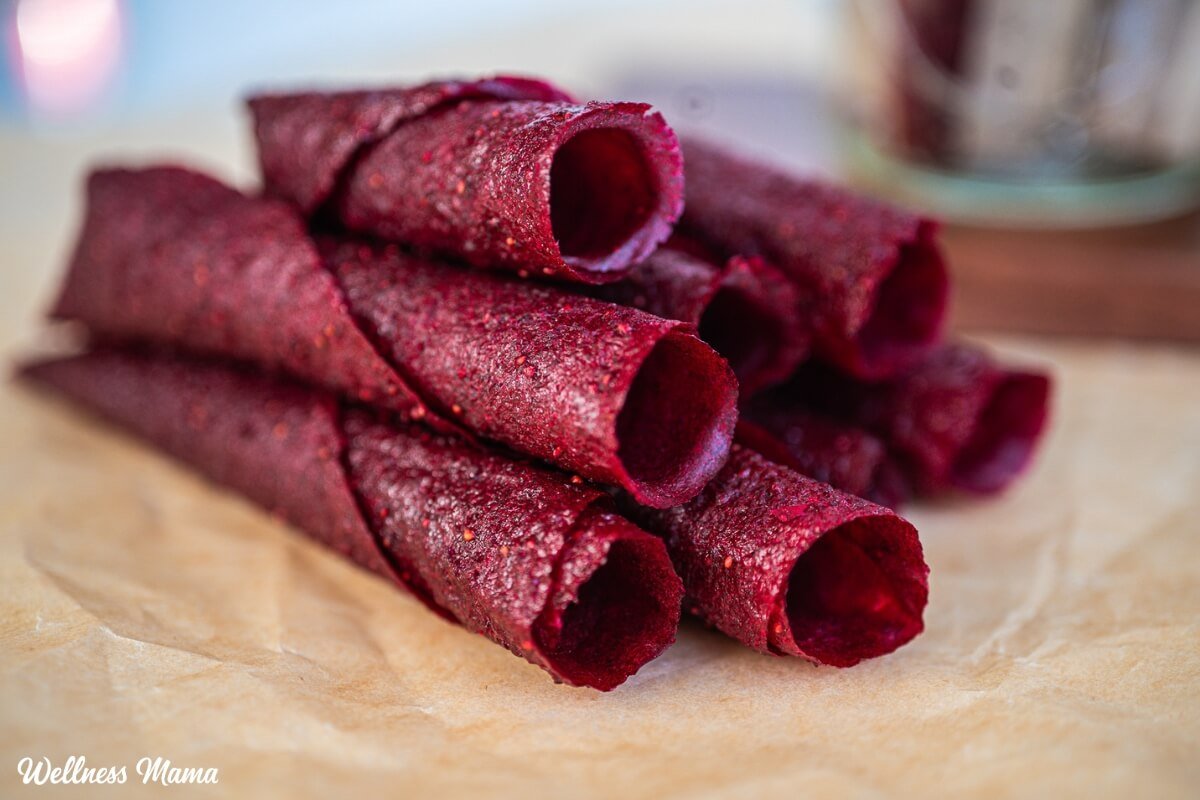


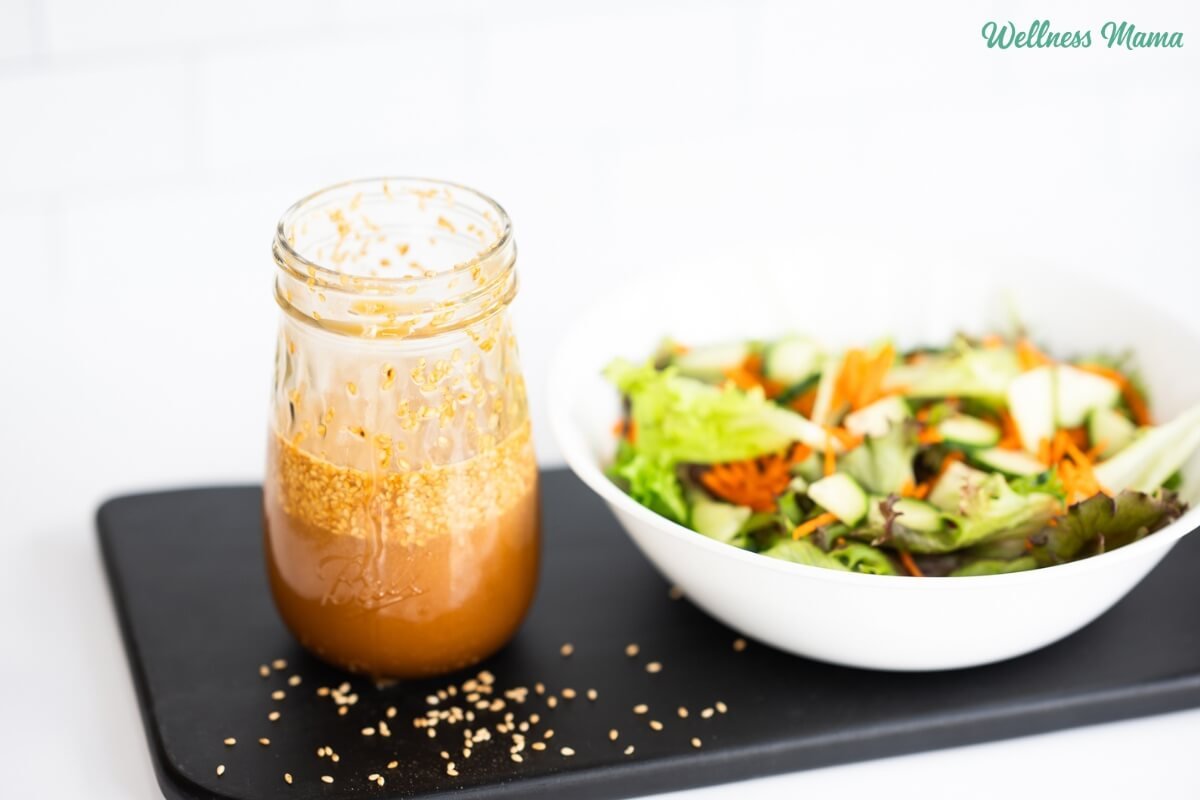

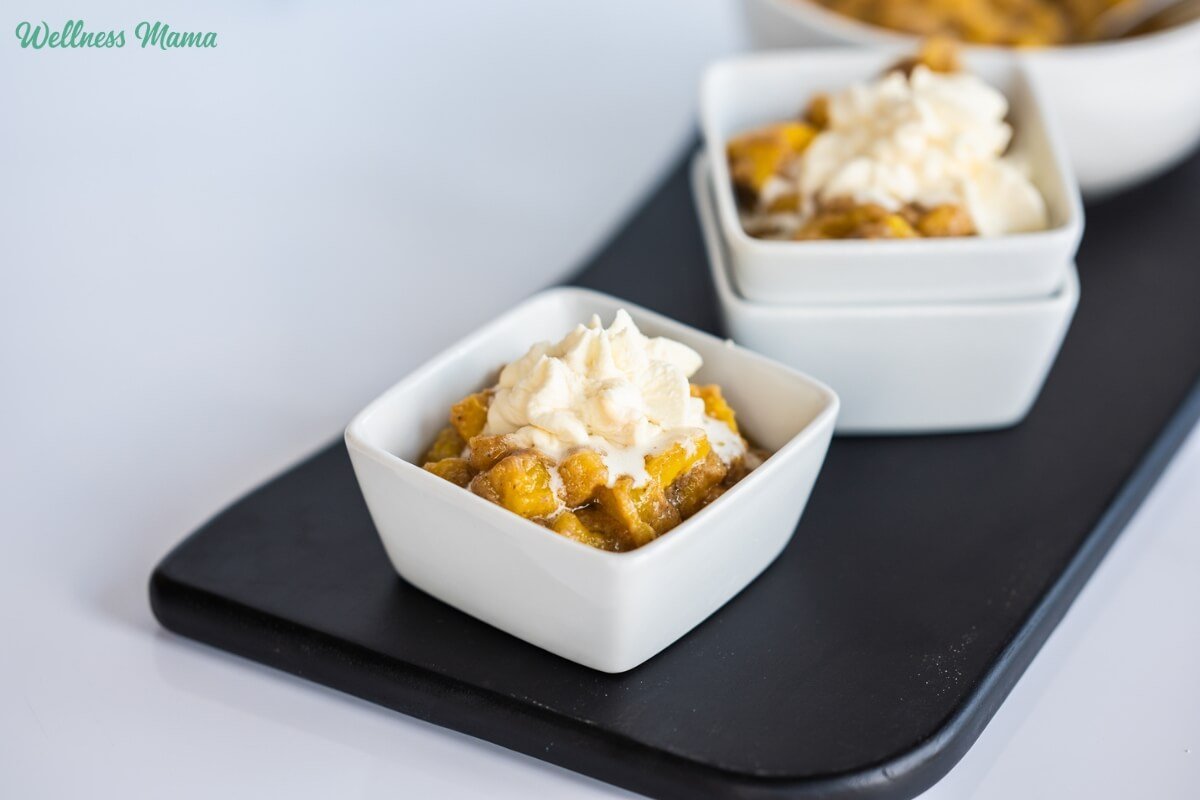
Leave a Reply